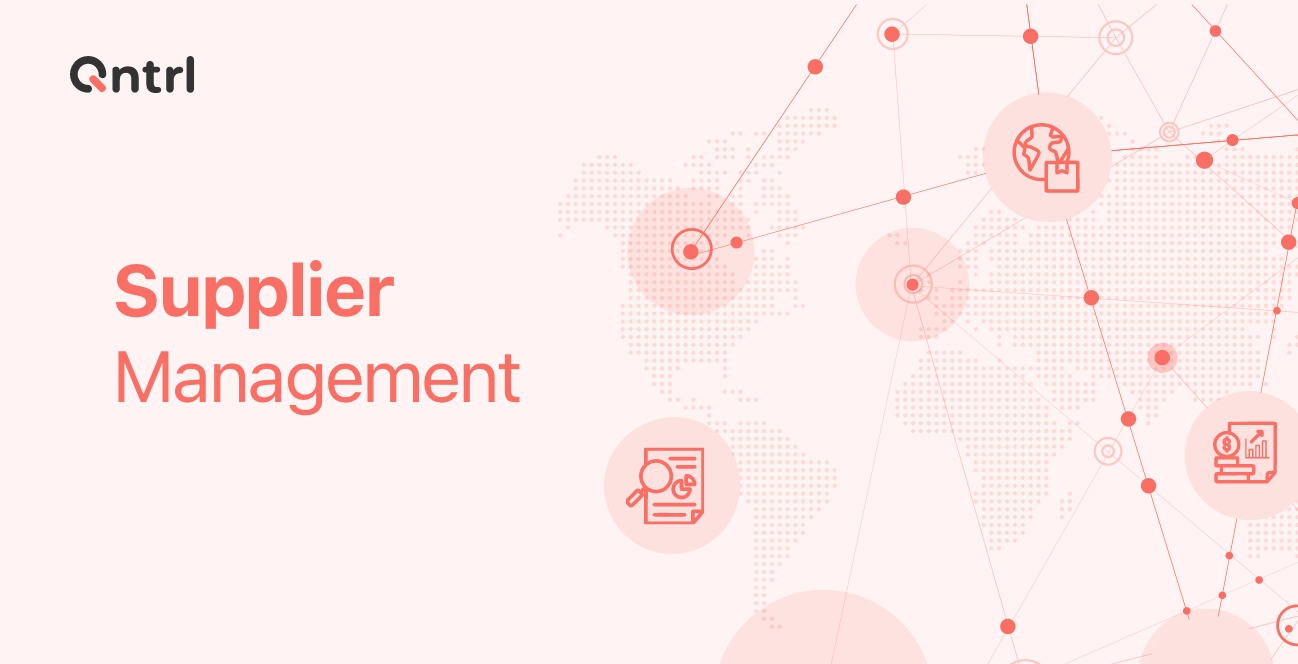Building and running great processes is the mark of a successful operations leader.
It is safe to argue that every product we see on the market is a sign of an operations manager's success—they're the ones effectively designing, running, and improving processes to make sure production goes smoothly. But operations and process management involve a lot more than that.
Talk to anyone working in operations, and you'll likely hear that "a chaos-free workflow is exceedingly rare." Operations processes involve multiple managerial forces—managers of other departments, such as marketing, sales, and finance, often contribute to operations processes and hold a lot of influence; Sometimes they even directly manage certain parts of the process.
Every move the operations team make is dependent on a variety of factors, such as organizational plans, sales forecasts, and budgets. In other words, different teams are trying to achieve the same goal with different sets of tasks. This means your teams need to be concerned with not only your own KPIs, but the success of the teams they collaborate with as well. Unfortunately, most organizations do not possess process management tools that support this type of collaboration and data sharing.
Can you sense the chaos already?
Let's take a top-down approach to understand the underlying principles of operations and the challenges associated with them.
Cost, revenue, investment, and capabilities are four major business factors that can make or break an organization—and the operations department has an important role to play in determining how it all plays out.
The operations team's first imperative is tokeep costs minimal while increasing revenue, by continuously analyzing and improving product quality along with production and supply capabilities. This is a highly complex goal to achieve. In this guide, we'll suggest strategies and automation platforms streamline and simplify an operation manager's path to success.
Challenges in operations
Ask an operations manager, and they'll probably say that the operation process itself is a challenge. Nevertheless, we've narrowed down five major issues that were raised during our research:
- Team communication, miscommunication, and internal conflicts all spread across channels, like email and chat, and end up causing inefficiency and delays.
- Ineffective systems result in substandard monitoring of tasks and delays in approvals.
- Depending on manual/conventional process management methodology holds the operation back.
- A lack of key metrics makes it hard to gauge productivity.
- Failing to monitor regulations and compliance hinders progress.
As we move closer to full digitalization, it's crucial for organizations to adopt a faster and more efficient approach to operations.
What is wrong with traditional operational management methods?
Working from spreadsheets and email threads is hurting today's operations teams.
Enterprise resource planning (ERP) solutions can help organizations collect, store, manage, and interpret data collected through a variety of business activities. Similarly, spreadsheets help organize and store data, but they have limited use when it comes to team collaboration or ensuring process compliance.
Budgeting modules, reporting modules, and even customized analytics are difficult with ERP tools—and operations often find ERP solutions difficult and frustrating to work with.
But with the right process management software, operations leaders can use simple integrations to compensate for the shortcomings of ERPs and spreadsheets, while also improving ERP module adoption and data quality.
Having a process perspective
All operations incorporate processes. A process is an array of resources and activities that transform inputs into outputs that fulfill (internal or external) customer needs.
In this context, a "process perspective" means evaluating businesses in terms of all their individual processes. We can also call it "modelling an organization." Operations can use the process perspective to evaluate their business at three levels: the operations function of the business. the supply network, and the individual processes.
The confines of each process can be determined based on business requirements, and the processes can be monitored simultaneously. Sometimes, this leads to a radical reshaping of the way processes are organized: For example, forming an end-to-end process for procurement or re-imagining your accounts payable process.
We can all agree that understanding the business model as a system divided into subsystems and further into processes is the first step toward systematization. Therefore, a process perspective is our strategy for tackling existing issues. Theoretically, this works—but is there a practical way for operations managers to put this into practice? Yes. And the answer lies in workflow management.
Introducing workflow management
Workflow management simply means establishing a logical flow of activities or tasks, from initiation to the final step, in order to accomplish a specific requirement. It starts with building the flow, examining the details of each workflow step to determine necessary actions and results, monitoring and displaying status and progress information, and of course, logging and tracking for auditing and governance purposes. Based on business requirements, workflow orchestration can be integrated with other systems.

Manually managing operations requires you to constantly check on your team, update or collect information via email, and store data in spreadsheets. If anyone ever needs to know what the next step in the process is, they end up checking a pseudo workflow, which is probably just an image stuck to the wall.
Workflow management, on the other hand, reduces your reliance on spreadsheets, email, and other mediums, by unifying all processes and applications digitally. All tasks go through a series of logical stages, making it easier to send/receive data, review and approve work, and even communicate within applications. Some software even offers a drag-and-drop interface, requiring a lot less technical expertise than traditional business process management (BPM) tools.
Features of a workflow management tool
How can operations teams benefit from workflow management?
Automated workflow management takes place regularly, without manual intervention.
One drawback to many medium and large-scale industry operations processes is that they are tracked manually on multiple spreadsheets. This is a primary reason for errors, delays, and miscommunication.
While enterprise software can require an upfront investment of money and resources, it offers far more integration, automation, and scaling options than spreadsheets and basic kanban tools.
Here are a few more advantages of implementing workflow orchestration for your business operations:
Streamline business operations and improve operational efficiency
Reduce the time spent on individual tasks
Eradicate inaccuracies caused by manual interventions
Manage the performance of business processes
Promote enterprise-level visibility into all tasks and processes
Increase profitability by focusing on increasing productivity
Enhance your customer experience with smoother, improved processes
Workflow management operations use case
Contract management
Production
Read more on the latest procurement trends!
Why should operations be optimized?
Yields better results
Refined processes increase the quality of work. They mitigate major errors and ensure results for your customers and clients. The key to optimization in the workplace is consistency—and introducing a defined set of process management solutions is the way to achieve it.
Promotes efficiency
Optimizing processes helps in keeping track of resources and monitoring ROI. Efficiency is a natural outcome of an optimized process, which allows you to easily spot obstacles in your systems and find better ways to be more productive.
Ensures compliance
Industry regulations and state/federal laws are constantly changing—and not complying with them can have drastic implications for your business. The optimization of a business’ processes can aid businesses in complying with regulations within and outside the organization.
Tracks employee performance
Introducing automated and optimized processes can help upper management monitor and expedite tasks. Workflow orchestration tools can increase accountability throughout your business and drastically reduce the risk of human error.
Provides accurate information
Updated processes result in up-to-date information. Communication within departments and employees is enhanced by clear-cut flows, resulting in employees who are equipped with the information necessary to excel in their roles.
Simply put, workflow management transforms how your teams work and how much they can get done in their workday.
Bottom line
Workflow management tools can be game changers for organizations looking to streamline operations and increase productivity. By implementing a strong workflow management system, teams can collaborate more effectively, prioritize tasks, and track progress in real time, leading to improved efficiency and better decision making.
Additionally, workflow management software offers a range of features to support different workflows and project types, making them highly customizable to fit the unique needs of your business. By taking the time to understand the benefits of workflow management and best practices for implementing it, organizations can transform the way they work and achieve their goals with greater ease and success.
We would love to help you start your digital procurement journey. Book a personalized demo!







